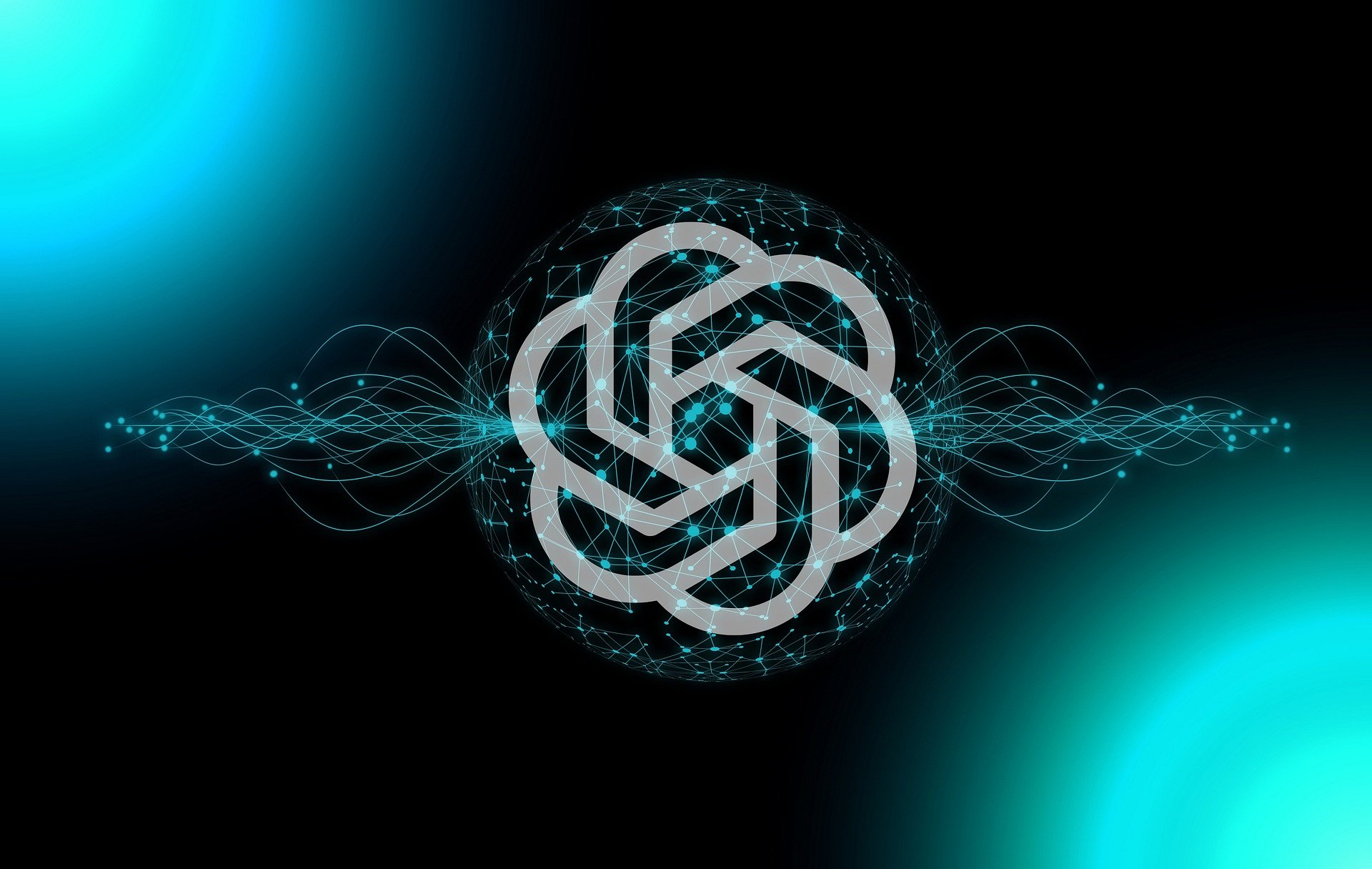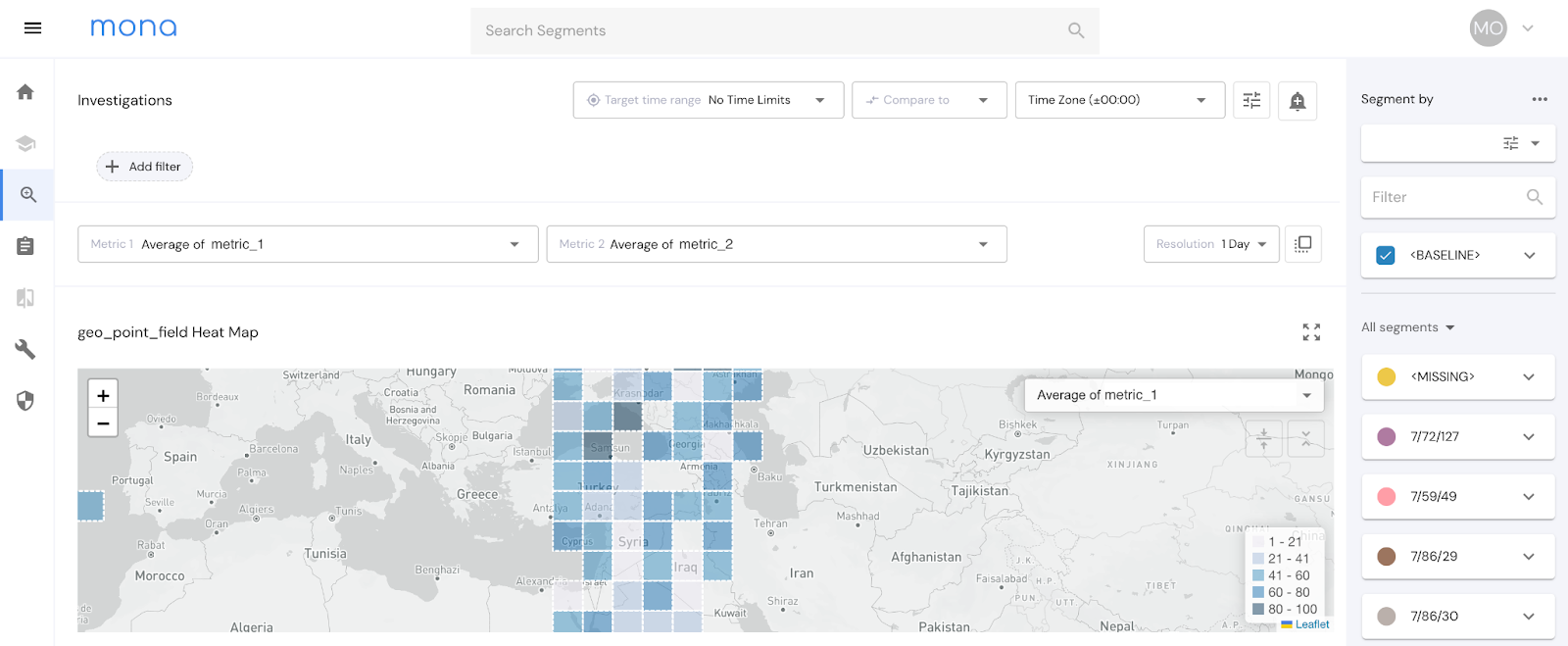GPT models are changing businesses. What's next?

Large language models (e.g., GPT-4) seem poised to revolutionize the business world. It’s only a matter of time before many professions are transformed in some way by AI, as GPT can already generate functional code, review and draft legal documents, give tax advice, and turn hand-sketched diagrams into fully-functioning websites. Among the roles most likely to be affected by GPT are those involving sales, marketing, customer support, and media, although it’s almost impossible to imagine a domain that won’t in some way be affected by GPT. While certain tasks invariably demand a human touch, it’s likely that the focus of many roles will shift toward these key human endeavors and away from those that can be automated. With all this in mind, it’s pertinent to ask what challenges organizations are likely to encounter as they begin to invest in advanced AI and which roadblocks developers are likely to run up against as they work to incorporate GPT APIs into software products. While it is still too early to anticipate all possible hurdles teams using GPT are likely to experience, our understanding of AI and large language models suggest at least a few that will be particularly prominent.


